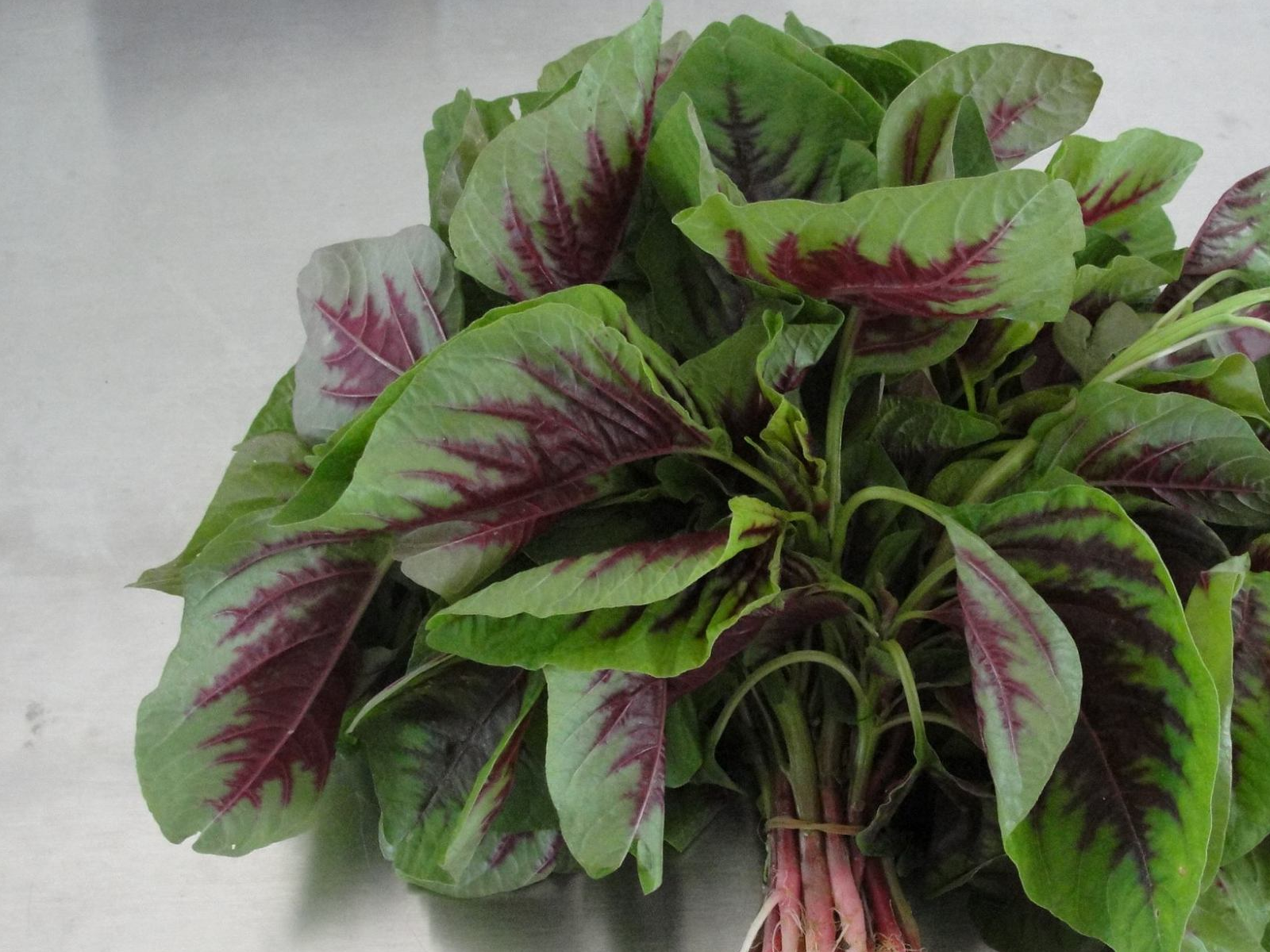Food supplementation is better than medicine supplementation. Nowadays, people are paying more attention to health preservation, and most people prefer to eat healthily rather than consume various health supplements. In the past, wild flowers and grasses used to stave off hunger by many villagers are gradually being accepted by everyone and have become “premium dishes” on the dining table. When we see wild vegetables in the market, they are often quickly bought up, regardless of the types, the price is several times higher just because they are considered rural produce. The most common wild vegetables we see are shepherd’s purse, amaranth, etc., which can be consumed as seasonal vegetables. However, these wild vegetables are seasonal, and you can only find them during their peak season. Today, I want to talk about a very common wild vegetable, which is amaranth. This vegetable has a higher calcium content than eggs, costs one dollar per bunch, and is recommended for those looking to lose weight especially in summer.
Amaranth is also known as red amaranth or red spinach because it produces red juice during cooking. I used to love eating this vegetable the most during childhood. It can be eaten with rice and can turn white rice into red rice. Amaranth can change colors too, so as a child, I always wondered if it was green or red. In reality, amaranth comes in green, red, and multicolored varieties. Green amaranth has green stems and leaves, has a firmer texture, good heat resistance, and is suitable for planting in spring and autumn. Red amaranth has red leaves and a softer texture. The multicolored amaranth, which is the most common, usually has green stems and red outer leaves. However, this multicolored amaranth will turn green as it ages. Amaranth has strong reproductive capabilities; even after trimming off the tips, new shoots can grow. Now is the perfect time to enjoy amaranth, as it is affordable in the market, costing only one dollar per bunch.
Amaranth is beloved not only for its taste but also for its rich nutritional value. There is a saying that “in June, amaranth is as good as eggs; in July, it’s as precious as gold”, which shows that amaranth is a highly nutritious vegetable. Amaranth is also known as a “longevity vegetable” and a “blood-nourishing vegetable”, particularly high in calcium and iron content, surpassing eggs and pineapples in nutrition. Amaranth ranks high among vegetables in terms of nutrients, with a high protein content. In rural areas, people also use amaranth boiled in water to treat sore throats as it has heat-clearing and detoxifying properties. Amaranth’s rough fibers help eliminate excess fats in the intestines, which can aid in weight loss and boost immune function for regular consumers.
Preparing amaranth dishes is simple and homely. Stir-fried amaranth and garlic amaranth simply require cooking the amaranth until done. Recently, when dining with friends, I had amaranth cold noodles, and today I will teach you how to make this dish. Wash the amaranth, heat it in a pot until soft, strain out the juice, dissolve mung bean starch in water to make a paste, slowly mix it into the amaranth juice, continue heating until thickened, then remove from heat. After cooling in a clean container, cut it into small pieces, mix with chili oil, garlic, cilantro, etc., and your summer-appropriate amaranth cold noodles are ready.
As it’s the season for amaranth, those looking to lose weight can eat amaranth more often as its calcium content is higher than that of eggs, and it costs only one dollar per bunch. It aids in heat-clearing, boosts immunity, and is a delicious option to try, especially for those fond of cold noodles.


